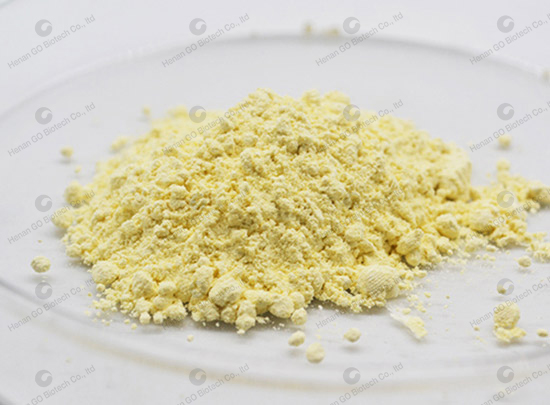Polyacrylamide has emerged as a vital component in the oil field industry, significantly contributing to enhanced oil recovery (EOR) and overall operational efficiency. This article delves into the practical advantages of using Polyacrylamide in oil field applications, particularly in relation to polymer flooding techniques.
Polyacrylamide functions primarily as a thickening agent, augmenting the viscosity of water which facilitates the efficient movement of oil through porous rock formations. Its capacity to improve the sweeping efficacy of injected fluids in tertiary recovery processes presents significant advantages in maximizing oil extraction.
.jpg)
The integration of Polyacrylamide into polymer flooding techniques has shown remarkable enhancements in oil production rates. These improvements are attributed to its ability to reduce fluid mobility and increase the contact area with hydrocarbon resources, thereby elevating the overall production efficiency.

Beyond operational efficiency, Polyacrylamide presents environmental benefits. It is less harmful to aquatic life, and its application in oil fields must comply with stringent environmental regulations, making it a safer alternative compared to traditional methods.
2.jpg)
In conclusion, Polyacrylamide plays a crucial role in advancing oil field operations through its remarkable effects on enhanced oil recovery and efficiency in polymer flooding techniques. As the demand for sustainable and efficient oil production solutions grows, the significance of Polyacrylamide in the industry is only expected to increase.
